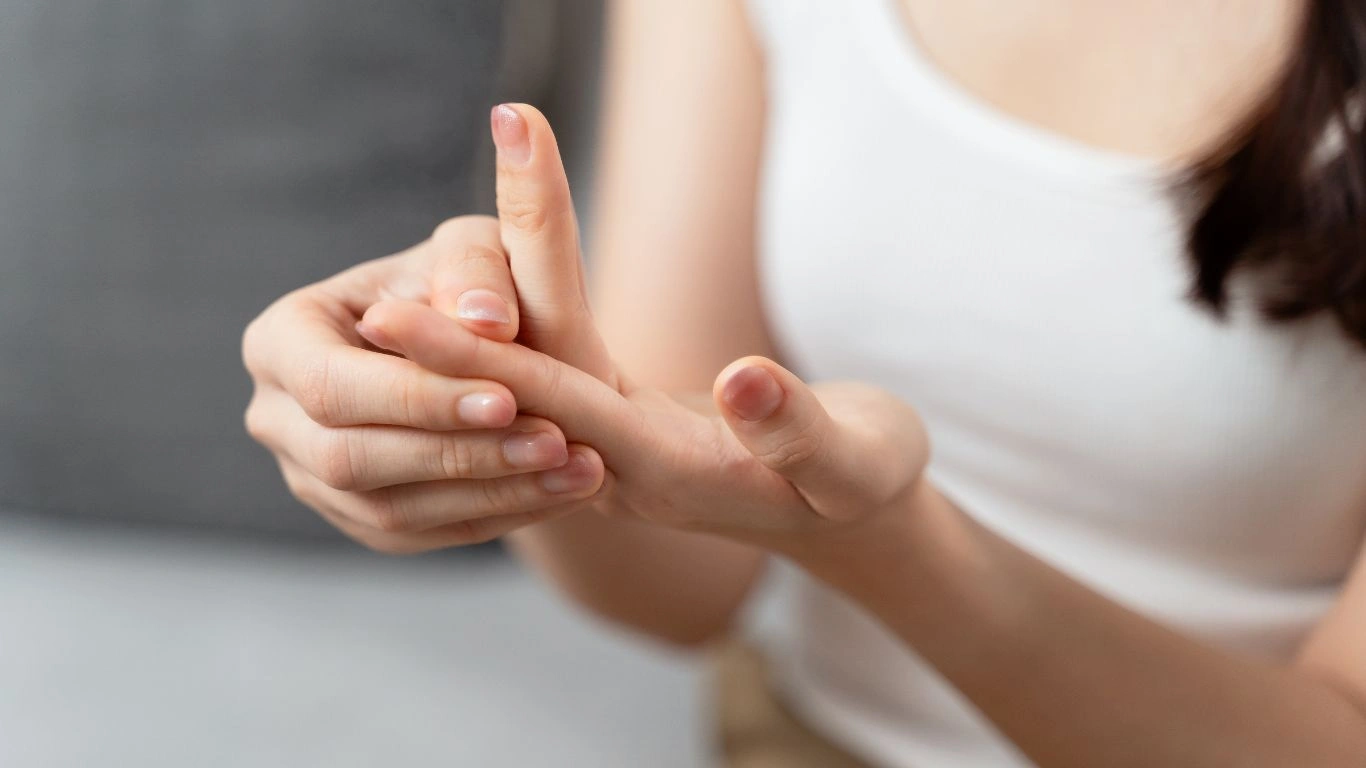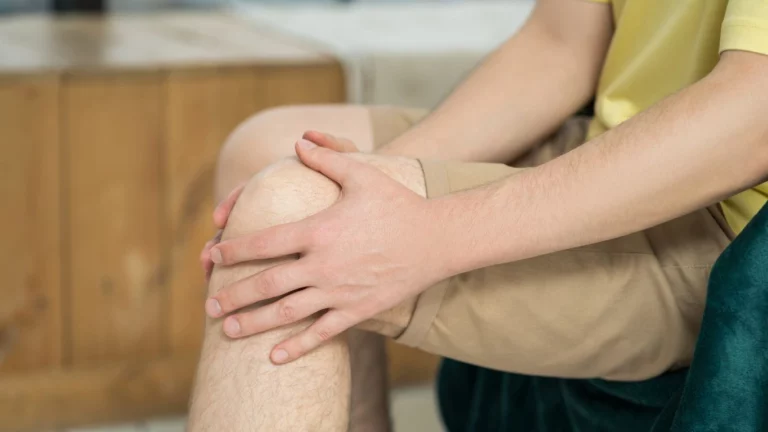The Best Exercises for Rheumatoid Arthritis Hands – A Practical Guide
Dealing with rheumatoid arthritis (RA) in the hands can feel like a constant battle, but trust me—exercise can be a game-changer. It’s all about finding the right balance between strengthening your muscles, increasing flexibility, and reducing pain. In this article, I’m going to walk you through some of the best exercises that can really help improve your hand function and ease the discomfort caused by RA.
When you have RA, your immune system mistakenly attacks healthy joints, causing inflammation, stiffness, and pain. This can make even simple tasks like holding a pen or opening a jar feel incredibly difficult. But here’s the thing—while RA can’t be completely “cured” through exercise, regular movement helps keep your joints more flexible and your muscles strong. This can lead to less pain and better overall hand function.
Plus, exercise has some bonus benefits like improving circulation, boosting mood, and even reducing fatigue. So, yeah—keeping those hands moving is way more important than you might think.

Best Hand Exercises for Rheumatoid Arthritis
1. Finger Bends (Flexion and Extension)
One of the most basic and beneficial exercises you can do is simply bending and straightening your fingers. This one’s super easy and can be done anywhere!
How to do it:
- Start with your hands relaxed and straight.
- Slowly curl your fingers inward into a fist, hold for 5 seconds, then straighten them back out.
- Repeat 10-15 times for each hand.
This movement helps improve flexibility and strengthens the tendons in your fingers, which is key for improving hand mobility.
2. Squeeze Balls or Stress Balls
Gripping exercises are great for improving the strength in your hands and fingers. Using a soft stress ball (or even a piece of soft clay) is perfect for this.
How to do it:
- Hold the ball in your palm.
- Squeeze as hard as you can without causing pain. Hold for 5 seconds, then relax.
- Repeat 10-15 times for each hand.
This exercise works on strengthening the muscles in your hand and forearm, which is really helpful in managing the symptoms of RA. Just make sure not to overdo it; if it causes too much pain, back off a little.
3. Thumb Stretch
RA can really hit the thumbs hard, so doing stretches specifically for your thumb joints can help relieve a lot of tension.
How to do it:
- Hold your hand out with your palm facing you.
- Gently pull your thumb backward with your other hand, stretching it as far as comfortable.
- Hold for 5-10 seconds, then release.
- Repeat 5-10 times on each hand.
This stretch helps with thumb mobility and reduces stiffness, which is super helpful for gripping or pinching tasks.
4. Wrist Rotations
The wrists are often affected by RA as well, so this simple rotation exercise can help increase circulation and maintain joint flexibility.
How to do it:
- Extend your arm in front of you with your palm facing down.
- Slowly rotate your wrist in a circular motion, 10 times in each direction.
- Repeat this exercise with both hands.
This exercise helps keep the wrist joint mobile and can alleviate some of the stiffness and pain associated with RA.
5. Finger Lifts
This is a great exercise for improving finger flexibility and strength.
How to do it:
- Place your hand flat on a table or surface.
- One at a time, gently lift each finger off the table as high as you can.
- Hold for 2-3 seconds, then lower.
- Repeat 10 times for each finger, including your thumb.
This movement helps strengthen the muscles around each finger joint and increases flexibility, making daily tasks less of a struggle.

Other Tips for Managing Rheumatoid Arthritis in the Hands
- Use Assistive Devices: Tools like jar openers, grip aids, and ergonomic pens can make life a lot easier. These little helpers reduce the stress on your hands.
- Stay Consistent: Like any exercise routine, consistency is key. Doing your hand exercises daily (or as recommended by your therapist) will give you the best results.
- Warm Up: Before doing any exercise, especially if you’re feeling stiff, warm up your hands with a hot pack or warm water soak. This helps reduce stiffness and makes the exercises less painful.
- Rest When Needed: Don’t overdo it. It’s okay to take breaks if your hands start feeling fatigued. Balance is essential.
Conclusion
Managing rheumatoid arthritis in your hands can be challenging, but exercises can make a huge difference in reducing pain, improving mobility, and helping you feel more in control. By incorporating these exercises into your routine, you’ll likely see improvements in hand strength, flexibility, and even overall function. And remember, it’s always a good idea to consult with a physical therapist or healthcare provider to create a personalized exercise plan.
Appendices
References
- National Institute of Arthritis and Musculoskeletal and Skin Diseases. (2024). Rheumatoid Arthritis. Read Article
- Smith, R., & Jones, T. (2021). Rheumatoid Arthritis: A Comprehensive Guide to Management. Arthritis Care Journal, 30(2), 101-120. Read Article
- American College of Rheumatology. (2024). Exercises for Rheumatoid Arthritis. Read Article
FAQs
- What is the best exercise for RA in the hands? The best exercises for RA hands include finger bends, wrist rotations, and squeezing stress balls. These help improve mobility and strength without causing too much strain.
- Can I do hand exercises every day with rheumatoid arthritis? Yes! Regular hand exercises are recommended, but be mindful not to overdo it. Start slow and build up to a daily routine that works for you.
- Are there any exercises I should avoid with RA? Exercises that put excessive strain on your hands, like heavy weightlifting, should be avoided. Stick to gentle movements and stretches.
- Will these exercises completely cure rheumatoid arthritis in my hands? No, exercises won’t cure RA, but they can help alleviate pain, improve function, and reduce stiffness.
- How long should I hold the stretches during hand exercises? Each stretch should be held for 5-10 seconds, but listen to your body. If you feel any pain, stop and reduce the stretch duration.
Disclaimer
Disclaimer: The information provided in this article is for educational purposes only and does not substitute for professional medical advice. Always consult with your healthcare provider before starting any new exercise or treatment, especially if you have rheumatoid arthritis. Individual needs may vary, and your doctor can help you develop a safe and effective exercise plan tailored to your condition.

Tarra Nugroho is a dedicated Nurse Practitioner with a strong foundation in family and preventive care. She brings both compassion and clinical expertise to her practice, focusing on patient-centered care and health education. As a contributor to Healthusias.com, Tarra translates medical knowledge into clear, empowering articles on topics like women’s health, chronic disease management, and lifestyle medicine. Her mission is simple: help people feel seen, heard, and informed—both in the clinic and through the content she creates. When she’s not caring for patients, Tarra enjoys weekend hikes, plant-based cooking, and curling up with a good health podcast.






